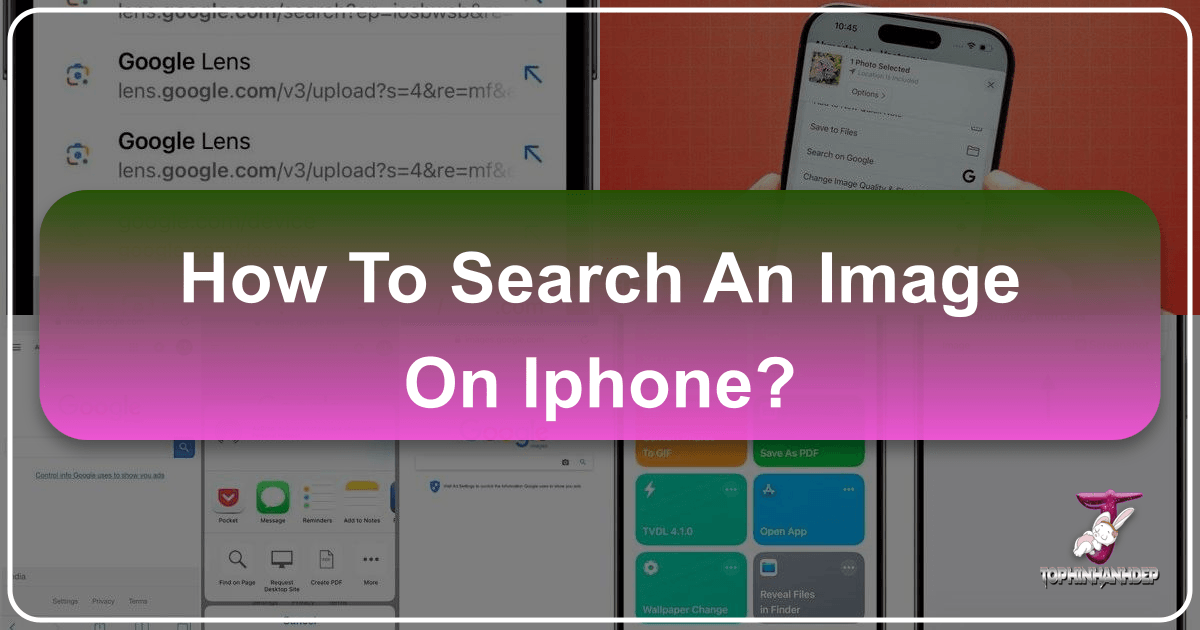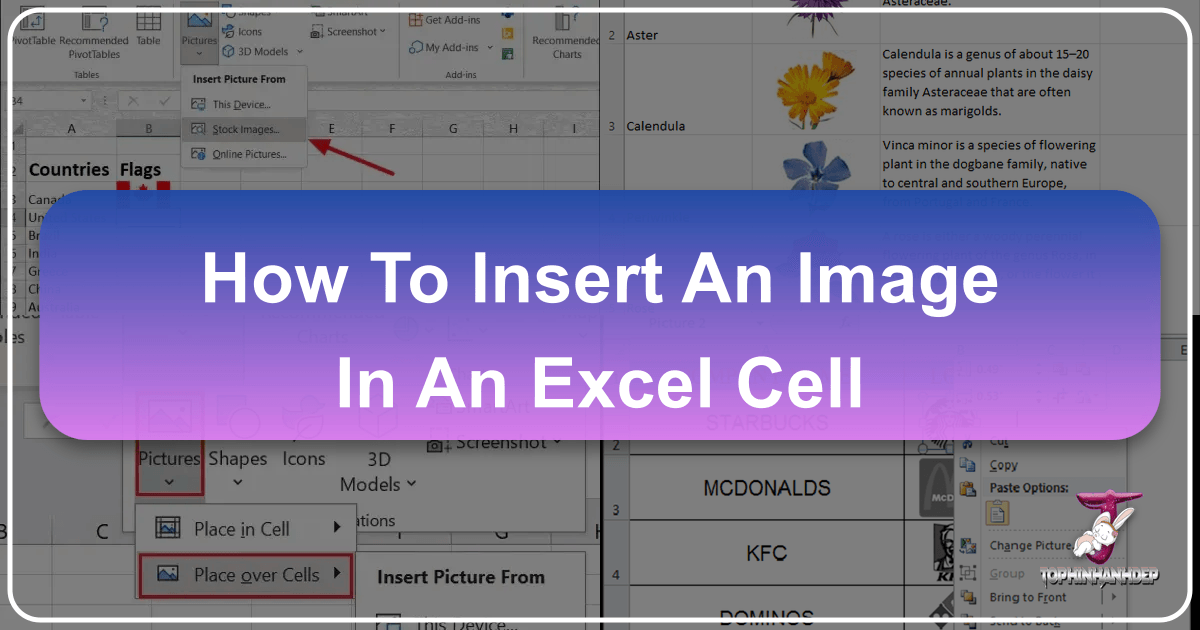How to Display NumPy Arrays as Images in Jupyter Notebook
In the vibrant landscape of data science, machine learning, and computer vision, the ability to visualize data is paramount. When it comes to image processing, this often means transforming raw numerical data into a perceivable visual format. At the heart of this transformation in the Python ecosystem lies the powerful NumPy library, which provides the foundational array object for representing images, and Jupyter Notebook, an interactive environment that makes experimentation and visualization seamless. This guide will delve into the practical steps and underlying concepts of displaying NumPy arrays as images directly within your Jupyter Notebook, bridging the gap between numerical computation and striking visual output, a skill highly valued in fields from scientific research to creative visual design and digital art, areas often showcased and explored on platforms like Tophinhanhdep.com.





